
Charging a Volvo EX90 EV
Updated August
29, 2025
These are my experiences on charging a Model Year 2025 Volvo EX90 EV. Read very carefully your charging documents and ask all the charging questions before buying an EV car. Salespeople and many Electricians may not know the answers, make them get them. The 2025 version had 400V charging. I have read the 2026 EX90 will have 800 volt charging, reducing Fast Charging time, but not home charging times. I don't know if the plug will change on the MY 2026 EX90.
Terms you need to know about charging
Level 2 AC for home or destination charging. up to 11.5KW charging rates. Roughly 40 miles per hour of charging.
Level 3, DC fast charging. High power charging 120-350KW rates. 250 to 500 miles per hour of charging.
NACS This is the new universal North American Charging Standard standard plug-in for 2025. Level 3 (DC) for Fast charging, Level 2 AC for home/destination charging.
CCS DC fast charging system. The Volvo EX90 can accept the CCS charging port.
J1772 the Level 2 charging port. The EX90 can use this port also. It is the top half of the CCS port.
Note chargers may be rated for faster charging than you vehicle can handle. Battery preparation, temperature, percent of charge all effect charging rate.
This is the plug on the Volvo EX 90. It works with J1772 and CCS charging connections.

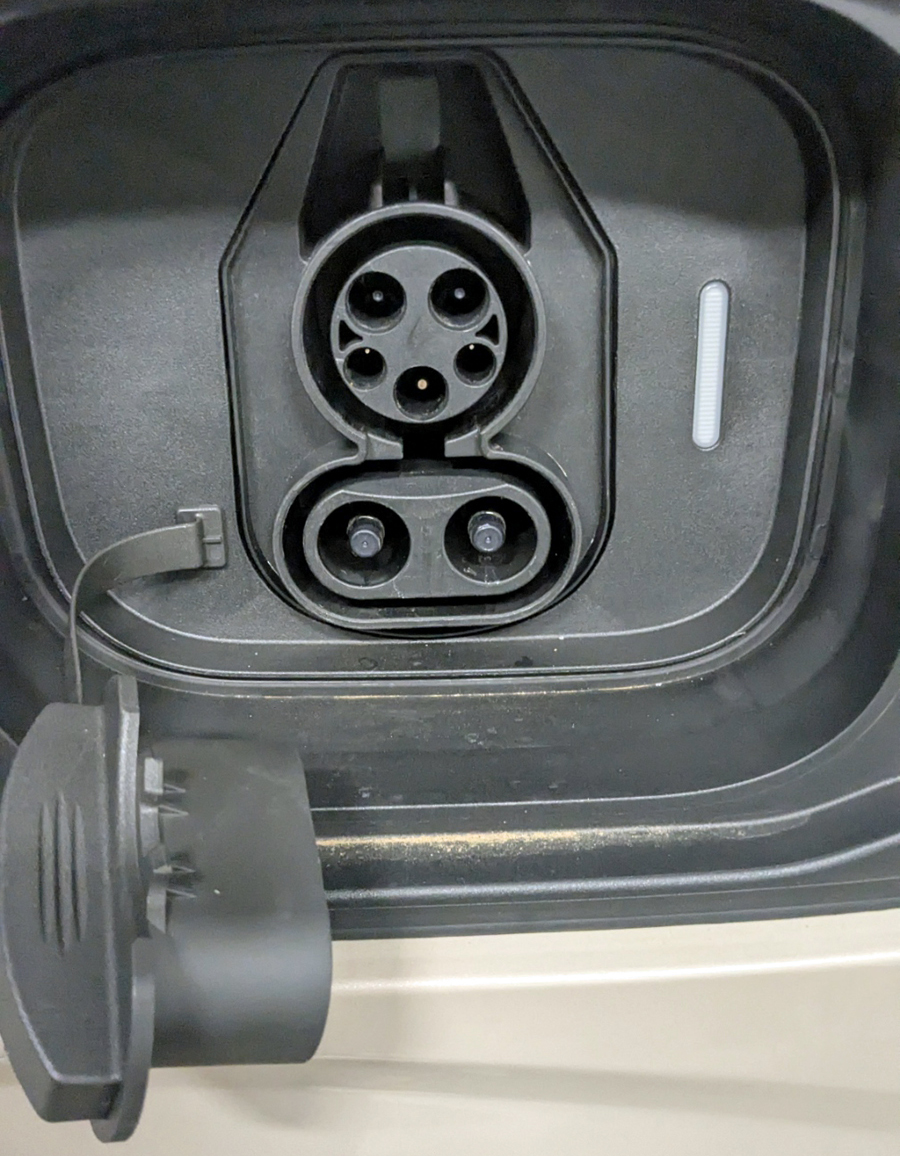
For full 11.5KW Level 2 charging you will need to add a 220V/60 amp line. It can be with a 3 prong plug for the Volvo Cord Listed below. It can also be connected to a Wall Charger. Which wall charger? That’s up to you. I recommend getting the J1772 plug on the charger if you can, to avoid an adapter. The home chargers will not charge the car as fast as a supercharger. Your home is not wired to support 240-250 amps and high voltage needed. The 11.5 KW charging rate on a home charger will get you 100 miles or more of charge in 4 hours. Usually sufficient for a vast majority of daily driving. Many power plans offer cheaper rates for late night power use. Your EV or charger should be programmable for charging times.
I used a Tesla Universal charger. For whatever reason it was installed with the Tesla NACS plug, not the J1772 plug. I think you can order the Tesla wall charger with the J1772 plug. The NACS Adapter that came with the VOLVO Will NOT work with a NACS home charger plug. It is for Level 3 DC, this is level 2 AC.

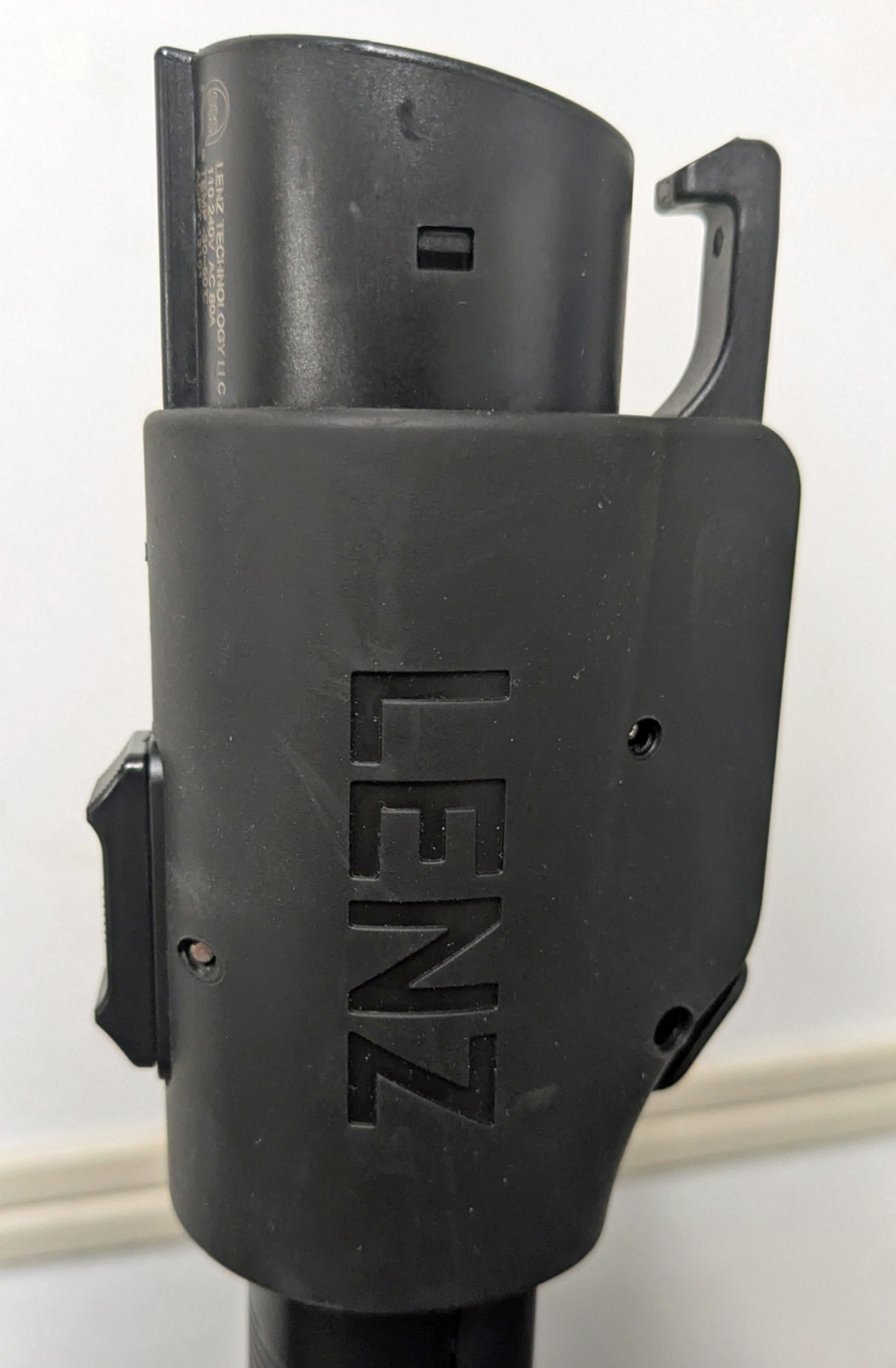
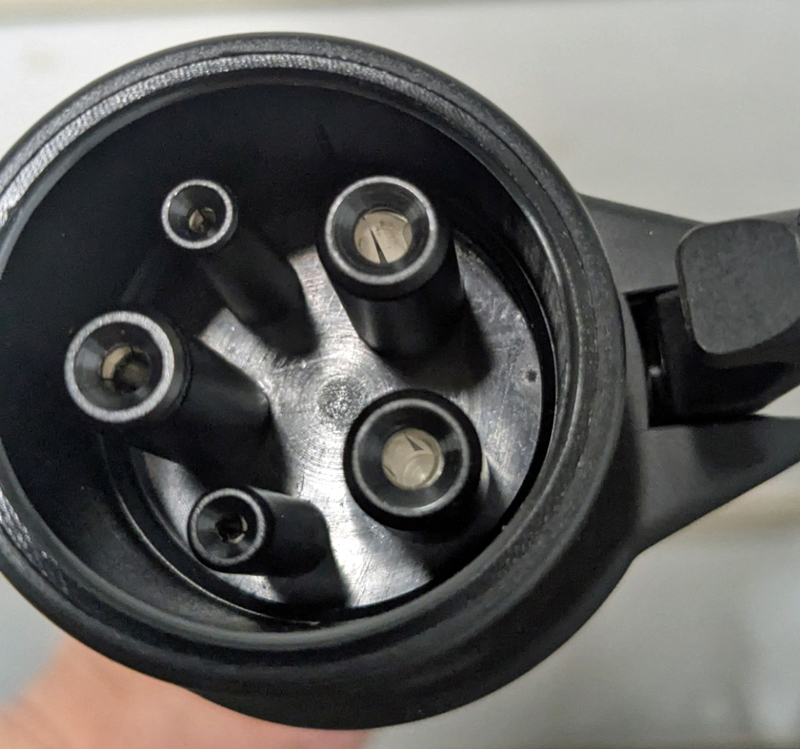
What comes with the Volvo EX90
A NACS to CCS adapter for DC Fast charging NACS ports.

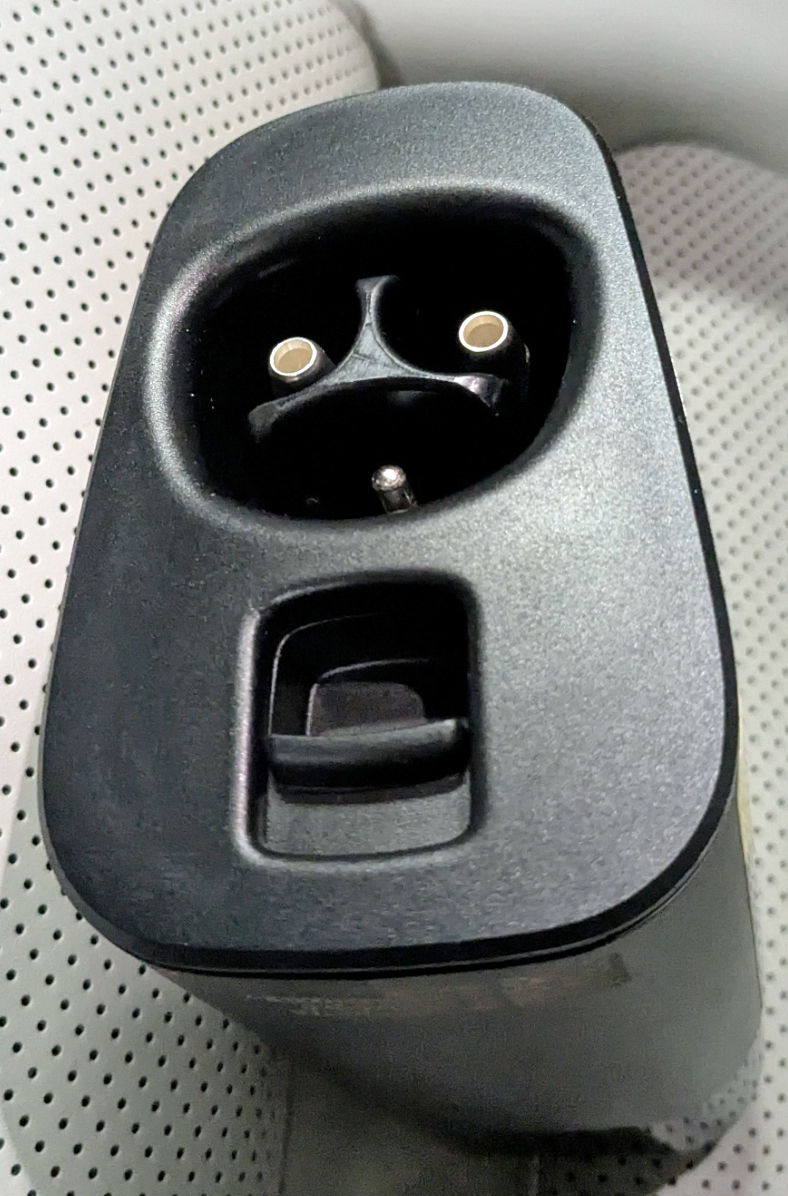
A cable with 120V and 220V detachable wall plugs. The other end is the J1772 connection for the car.
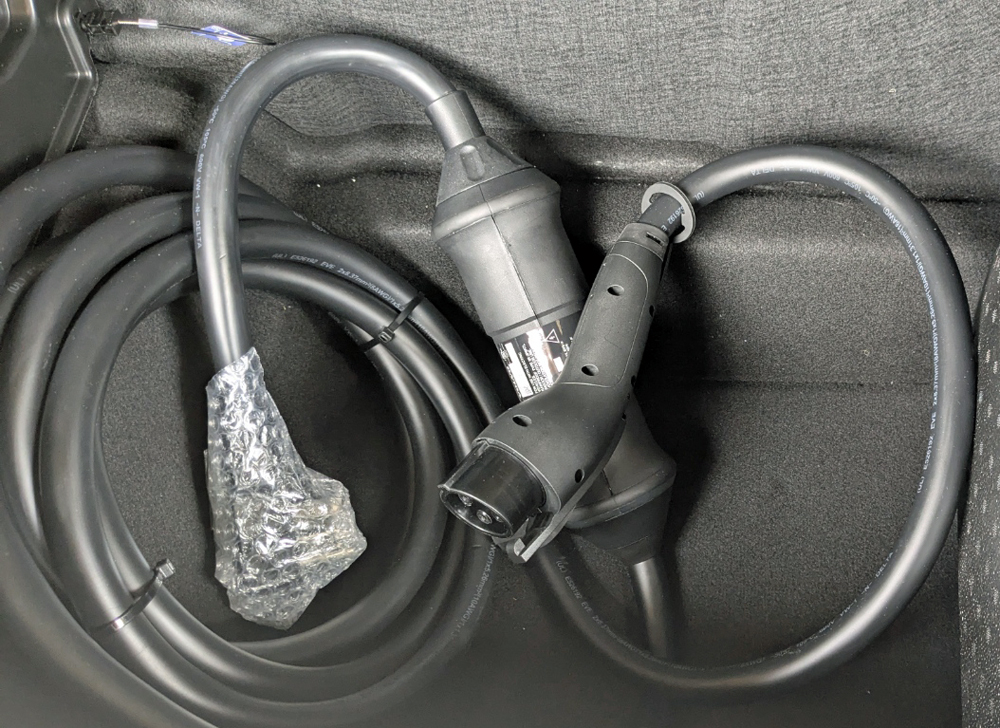
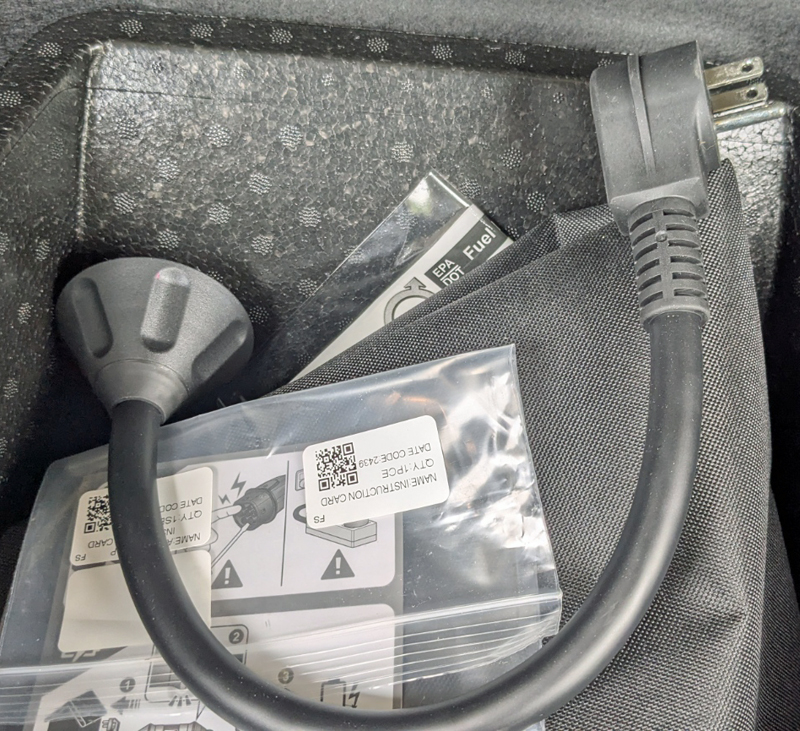
A 120 volt plug that may take days to charge the car. 1.6KW or around 2-3 miles per charge hour. A 220 volt 3 prong plug that could be up to 48 amps/11.5KW/ The 120/220 charging only works up to the breaker's capacity. The car has a setting for max amperage used during charging. This needs to be set if you use the cord. Check the breaker amperage in your breaker box. To get the full Level 2 charge of 48 amps. A 220V/60 amp breaker. wiring and plug is needed. 50 amp may get too warm and trip. Most homes/garages do not have this. If there is a 220v amp plug in the garage, it is usually 30-40 amp.
Could you use the cord only if you had a 220v/60amp compatible plug? Probably the cord appears heavy enough. Ask the Volvo Salesperson how well this will work as a permanent solution if you plan to use a 220V/60amp 3 prong plug.While there are 250-350 amp chargers the Volvo seems to charge at about 120KW for most of the charge. Usually less than 200KW at peak. I haven’t been near 10% charge. Even though the charges may be CCS, it is the Kilowatt, KW, capability that determines how fast they will charge.
The true Level 3 fast Charging stations are still too few and far between in many areas of the U.S. You need to carefully plan your trips in the central to western U.S.
Some chargers work with a credit card. Some you have to be a registered client. With Tesla, for Non-Tesla vehicles you have to pay $12.99 a month to be a Tesla member and get the discounted prices. It would be worth it if the Tesla charge stations worked for my car in the central to western United States.
Tesla Superchargers with NACS
I like the Tesla NACS superchargers. Tesla has made the Tesla app accurate in finding the NACS chargers but you should be aware of a few things.
Older Supercharger Cords are short. I need to be 6" or less away
from the charging station to get the cord to reach the back port of my
EX90 on most. Almost kissing the charging station is not
good. 250KW/150KW stands. Newer stations being put in
have longer cords and possibly more charging amperage.
Many of the charging stations alignments to "parking stripes" are not done
well. If you look on google maps satellite views, you can see some
places where the cars have to park centered on the one stripe to
reach. The result is not all charges can be used at once
at some stations. I have seen some of the stripes are being
redone.
If they are NACS charging stations, they should be labelled
NACS. In Milan NM and near Cedar City Utah they are labelled
as Tesla Only, but are NACS. At least the Tesla App is correct and I
didn't fry my car when I trusted it.
Charging rates are a bold faced lie, a problem in the EV industry.
Overnight or Destination charging
There are many level 2 charging stations at hotels and some stores. Will they work? I have found the people in the hotel have no information on the chargers. This is like having a hot water heater in the hotel and no one knows how to turn it on. The chargers aren't labelled. I have even found most charging apps don't list my Volvo EX90 yet. Level 2 is slow charging, not suited for a "fill up" in the middle of the day. Some are what I call level 2 minus. They don't even charge at the 48 amp level 2 rate.
The agreement to use NACS was done for 2025. Many existing Destination chargers are not yet compatible and only work with older EV.s
Cost of charging
What does it cost me to charge at home? 5 cents a kilowatt
during the night time rate. 11 cents in the daytime. I
have Solar panels also so it often works out less than 10 cents for
daytime charging. Be aware that charging your car may be 3-4
days worth of electricity use at home. My 1500 square foot
well insulated home with AC uses 35-40KW a day in the summer
What does it cost to charge on the road? I find it is 6-16 times what I can do it for at home. Making charging on the road roughly equivalent to a gasoline powered automobile of equal capacity. With my discounted night rate at home, the equivalent price that would equal gallon of gas for distance is 35 cents. There are not enough charging stations for price wars yet for the long distance traveler.
EV's and road taxes
What about road taxes? Gasoline taxes were OK when everyone used gasoline. If you bought gas in a state, you most likely were driving on their roads. It was equitable. EV road tax rates are still being worked out in each state. In Texas there is an EV registration charge of $200 per year to cover road taxes. That is equivalent to a 1000 gallons of gas in Texas at 20 cents a gallon. That would be equivalent to 20,000 miles of driving roughly, but only in Texas. Oklahoma currently charges $110 yearly and 3 cents per KW hour at charging stations. 3 cents per KW is roughly 21 cents per gallon. Oklahoma Gas tax is 19 cents a gallon. Utah has a $135 charge or you can pay 1.06 cents per mile. Balancing in state vs. out of state driving and taxes will probably take many years to work out. What if you don't drive that much and want an EV? Contact your state representatives.